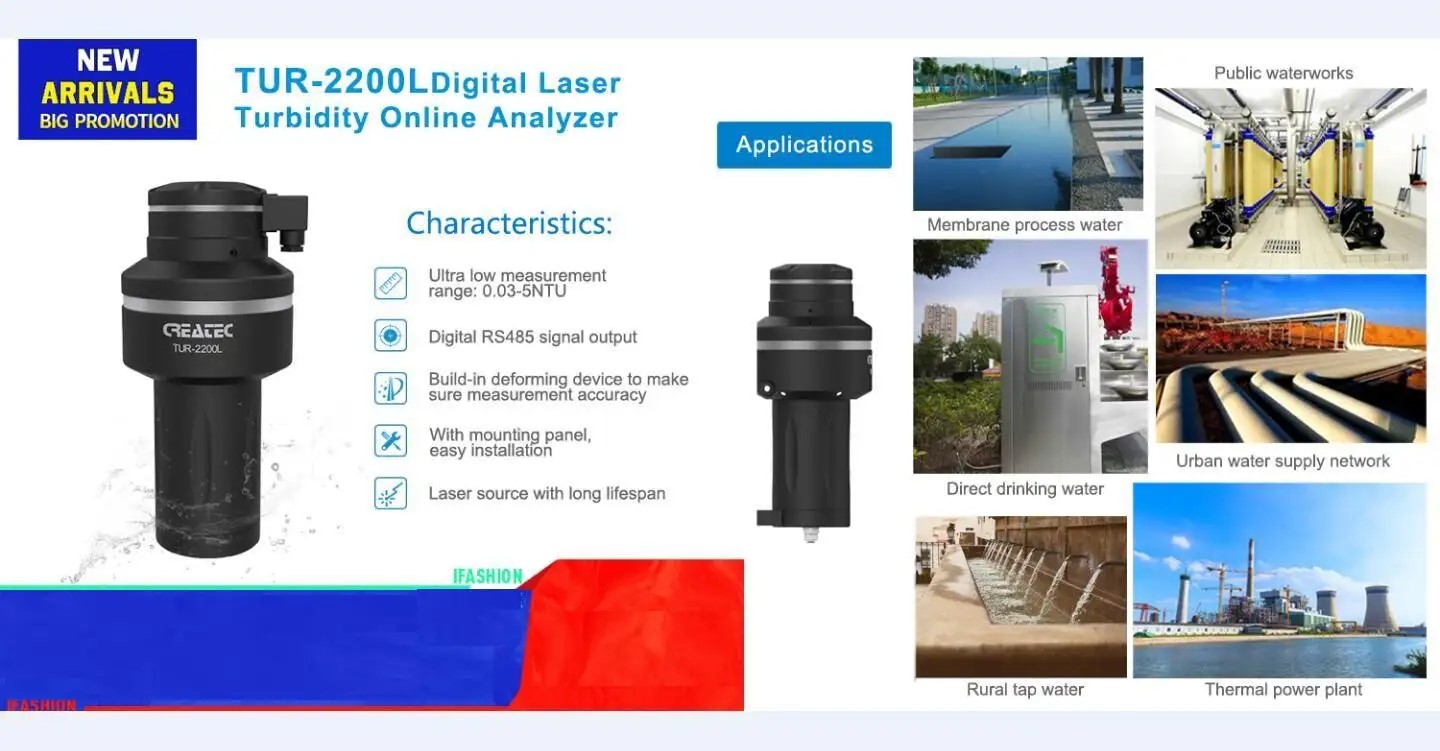Table of Contents
Understanding Free Chlorine: What Does It Mean?
Free chlorine is a term that is commonly used in the context of water treatment and Swimming Pool maintenance. But what exactly does it mean? In simple terms, free chlorine refers to the amount of chlorine that is available to disinfect water. It is an essential component in maintaining water quality and ensuring that it is safe for use.
Chlorine is a powerful disinfectant that is commonly used to kill bacteria, viruses, and other harmful microorganisms in water. When chlorine is added to water, it reacts with organic and inorganic matter to form various chemical compounds, including free chlorine. Free chlorine is the form of chlorine that is not bound to any other compounds and is therefore available to kill bacteria and other pathogens.

The level of free chlorine in water is an important indicator of water quality. It is typically measured in parts per million (ppm) and is used to determine whether the water is safe for use. The recommended level of free chlorine in swimming pools, for example, is typically between 1 and 3 ppm. This ensures that the water is adequately disinfected and safe for swimmers.
Maintaining the proper level of free chlorine in water is essential for ensuring that it remains safe for use. If the level of free chlorine is too low, bacteria and other pathogens may not be effectively killed, leading to potential health risks. On the other hand, if the level of free chlorine is too high, it can cause skin and eye irritation in swimmers.
There are several factors that can affect the level of free chlorine in water. These include the pH level of the water, the temperature, and the level of organic and inorganic matter present. It is important to regularly test the level of free chlorine in water and adjust it as needed to ensure that it remains within the recommended range.
| Model | EC-510 Intelligent Conductivity Meter |
| Range | 0-200/2000/4000/10000uS/cm |
| 0-18.25M\u03a9 | |
| Accuracy | 1.5%(FS) |
| Temp. Comp. | Automatic temperature compensation |
| Oper. Temp. | Normal 0\uff5e50\u2103; High temp 0\uff5e120\u2103 |
| Sensor | C=0.01/0.02/0.1/1.0/10.0cm-1 |
| Display | LCD Screen |
| Communication | 4-20mA output/2-10V/1-5V/RS485 |
| Output | High/Low limit dual relay control |
| Power | AC 220V\u00b110% 50/60Hz or AC 110V\u00b110% 50/60Hz or DC24V/0.5A |
| Working Environment | Ambient temperature:0\uff5e50\u2103 |
| Relative humidity\u226485% | |
| Dimensions | 48\u00d796\u00d7100mm(H\u00d7W\u00d7L) |
| Hole Size | 45\u00d792mm(H\u00d7W) |
| Installation Mode | Embedded |
There are several methods for measuring the level of free chlorine in water. One common method is to use test strips or test kits that can provide a quick and easy way to determine the level of free chlorine. These tests typically involve dipping a test strip into the water and comparing the color change to a chart to determine the level of free chlorine.
In conclusion, free chlorine is an essential component in maintaining water quality and ensuring that it is safe for use. By regularly testing the level of free chlorine in water and adjusting it as needed, you can help to ensure that your water remains clean and safe for swimming. Remember to follow proper water treatment guidelines and consult with a professional if you have any questions or concerns about the level of free chlorine in your water.

